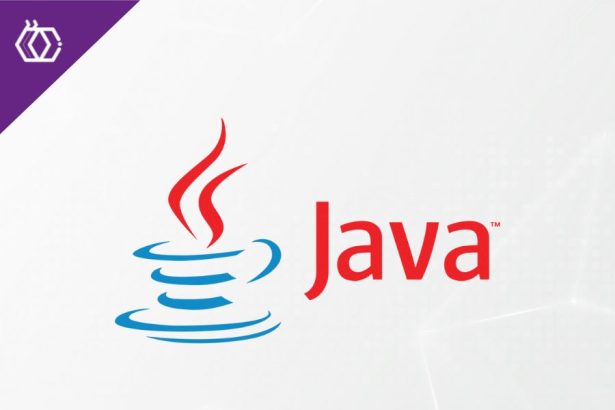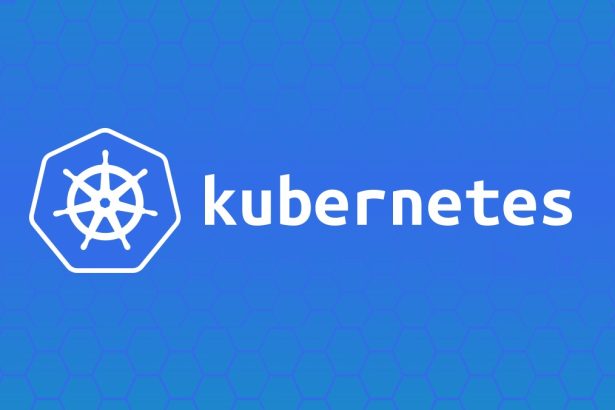Delivering responsive and dynamic web applications is an essential part of today’s development ecosystem. Java developers often rely on Spring Boot for its simplicity, scalability, and powerful integrations. Paired with Thymeleaf and the Model-View-Controller (MVC) architecture, Spring Boot creates a robust setup for building interactive and efficient web applications.
If you’re a beginner or seasoned developer looking to understand the synergy between these tools, this crash course will walk you through the essentials of Spring Boot, the MVC architecture, and Thymeleaf for building stunning web applications with practical examples to put you in the driver’s seat from Day 1.
Table of Contents
1. Introduction to Spring Boot in Web Development
Spring Boot is an extension of the Spring Framework, designed to simplify the setup and development of Java-based applications. With its pre-configured templates and powerful integration capabilities, Spring Boot eliminates boilerplate code and allows you to deliver web applications with ease.
Key Features of Spring Boot:
- Embedded Servers like Tomcat and Jetty eliminate the need for external deployments.
- Spring Initializr enables fast project creation with built-in dependencies.
- Out-of-the-Box MVC Support makes web development intuitive and efficient.
- High Scalability, ideal for both startups and enterprises.
Spring Boot shines in web development, offering seamless compatibility with Thymeleaf to create feature-rich, dynamic applications.
2. Understanding the MVC Architecture
When developing web applications, designing a clean and maintainable code structure is crucial. That’s where the Model-View-Controller (MVC) architecture comes in.
MVC Overview:
- Model: Represents the data layer or business logic of an application. It’s responsible for data storage and modification.
- View: The presentation layer, which shows the data to the user (e.g., HTML pages created using Thymeleaf).
- Controller: Processes user inputs, updates the model, and determines the correct view to display.
How Spring Boot Implements MVC
Spring Boot streamlines the Model-View-Controller interaction with components like:
- @RestController: Maps HTTP requests to Java methods.
- ModelAndView: Acts as a bridge between back-end logic and front-end rendering.
- Thymeleaf Templates: Display dynamic data on web pages.
MVC Workflow in Spring Boot:
- A user sends an HTTP request.
- The Controller processes the request and interacts with the Model if needed.
- Data from the Model is passed to the View for rendering.
This pattern separates concerns, ensuring modularity and ease of maintenance.
3. Using Thymeleaf to Build Dynamic Web Pages
What is Thymeleaf?
Thymeleaf is a Java template engine, seamlessly bridging the gap between front-end and back-end development. It enables dynamic generation of HTML views and includes powerful features like data-binding and conditional rendering.
Why Thymeleaf with Spring Boot?
- Tight Integration: Thymeleaf has built-in support for Spring Boot.
- Natural Templates: Its structure makes templates look like plain HTML, enabling easier collaboration between back-end developers and UI designers.
- Dynamic Content Generation: Supports loops, conditionals, and expressions for delivering dynamic front-end applications.
Configuring Thymeleaf with Spring Boot
Spring Boot includes Thymeleaf dependencies by default if selected during project setup. For manual configuration, add the following to your pom.xml file:
<dependency>
<groupId>org.springframework.boot</groupId>
<artifactId>spring-boot-starter-thymeleaf</artifactId>
</dependency>
The template files should reside in the /src/main/resources/templates directory.
4. Practical Code Examples
Building a Simple Spring Boot MVC Application
Step 1 – Create a Spring Boot Project
Use Spring Initializr to generate the project with dependencies:
- Maven
- Java
- Spring Web
- Thymeleaf
Step 2 – Create a Controller
Controllers map incoming requests and return either views (HTML pages) or data.
HomeController.java:
@Controller
public class HomeController {
@GetMapping("/")
public String home(Model model) {
model.addAttribute("message", "Welcome to our crash course!");
return "index";
}
}
Step 3 – Add Thymeleaf Template
Create a file called index.html in the /templates folder:
<!DOCTYPE html>
<html xmlns:th="http://www.thymeleaf.org">
<head>
<title>Spring Boot Thymeleaf</title>
</head>
<body>
<h1 th:text="${message}"></h1>
</body>
</html>
Run mvn spring-boot:run and access the application at http://localhost:8080.
Creating a Dynamic Web Page with Thymeleaf
Take your application further by adding a dynamic list.
Update the Controller:
@GetMapping("/products")
public String displayProducts(Model model) {
List<String> products = List.of("Laptop", "Smartphone", "Tablet");
model.addAttribute("products", products);
return "products";
}
Create the Thymeleaf Template:
<!DOCTYPE html>
<html xmlns:th="http://www.thymeleaf.org">
<head>
<title>Product Page</title>
</head>
<body>
<h1>Product List</h1>
<ul>
<li th:each="product : ${products}" th:text="${product}"></li>
</ul>
</body>
</html>
This loop dynamically renders all the products in the list.
5. Tips for Mastering Spring Boot and Thymeleaf
- Experiment with Data Binding: Use advanced Thymeleaf expressions (
th:attributes) for manipulating data. - Dive into Error Handling: Implement custom error pages using Thymeleaf for a polished user experience.
- Optimize Performance: Use caching techniques like Spring Boot’s built-in template caching capabilities.
- Practice Real Projects: Create a CRUD application integrating Thymeleaf with Spring Data JPA.
- Leverage Debugging Tools: Tools like Postman and browser dev tools will help refine your APIs and views.
6. FAQs About Spring Boot, Thymeleaf, and MVC
1. Why use Thymeleaf instead of JSP?
Thymeleaf offers better integration with modern Spring Boot applications and supports HTML5 features out of the box.
2. Can Thymeleaf work with other front-end frameworks?
Yes, while typically used for server-side rendering, Thymeleaf can integrate alongside React or Angular for hybrid applications.
3. Is Spring Boot suitable for large-scale web applications?
Absolutely. With support for modular design and cloud-native architectures, Spring Boot excels in scaling applications.
Spring Boot and Thymeleaf empower developers to create dynamic, efficient, and scalable web applications. With MVC architecture ensuring clean separation of responsibilities, these technologies remain pivotal for modern web development. Start your Spring Boot and Thymeleaf learning today and build something incredible!

